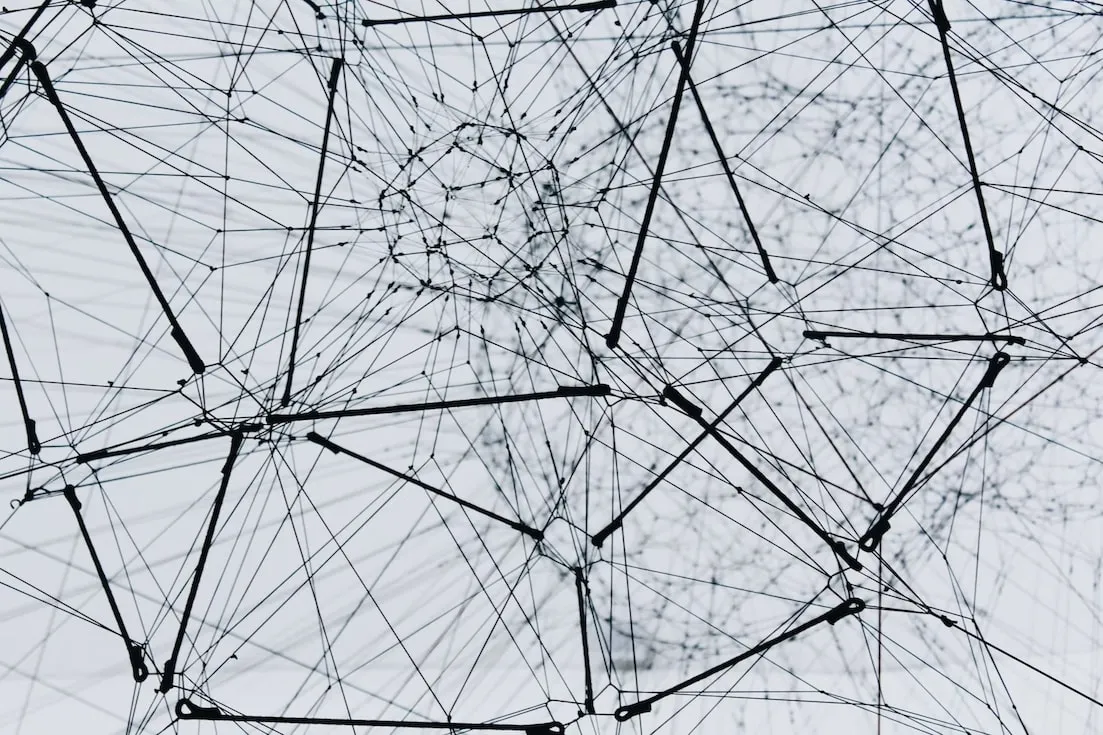Decentralised Networks: What Are They And Are They Safe?

Everyone who buys and trades cryptocurrency is likely to be aware of the system they are using. Created in 2008, the blockchain was a method to decentralise finance and give users a trading network which could be validated and developed by the users themselves.
This is not an entirely new concept. There are a number of businesses and networks which are run through open source communities, which are decentralised by nature. For anything run on an open source software (or with open source components), there are a number of application security tools which can be used to regulate risk and maintain control over security threats.
Unlike other networks, however, there is no specific point of authority or command which could corrupt the network of the blockchain or affect the decision-making of its members. Digital identity, data ownership and security are all reliant on the users and nodes themselves.
The Question About Decentralisation
When it comes to decentralised networks, this last point is something which regularly causes debate. Although decentralisation (whether that be the blockchain or any other decentralised organisation) is said to give more trust to the users, the question of security and stability is a topic which is often discussed, not least because of the eventual merging into Web3, which will take the form of an entirely decentralised internet.
People want to know whether their future is still safe, despite all the changes that are currently ongoing. So just how safe is decentralisation and is there any way it can be safer? Below are a few key points about decentralisation, its safety, and the kind of future we can expect moving forward.
The Benefits Of Decentralisation
When considering the security of decentralised networks, it is first important to understand what the benefits of decentralisation actually are. Put simply, decentralisation transfers decision-making and supervision from centralised corporations or individuals to the users of the network itself. This allows users to co-exist within a trustless environment, with each member given access to exact data in the ledger.
In terms of data, it improves reconciliation, as every user within the network has access to the data in real-time, meaning there is no opportunity for data loss or incorrect data to enter the stream. Points of weakness are similarly reduced within the systems themselves, as there is no longer any reliance on specific actors to prevent failures or outages.
When it comes to applications and businesses, open source networks are also more efficient and user-friendly, as they can open the software up to a variety of users who can quickly detect any issues and fix potential flaws. For organisations with open source components, vulnerabilities can be detected and remediated with security tools, which can close them down as a target for hackers.
The Safety Of Decentralisation
So far, the biggest potential issue when it comes to a decentralised network like the blockchain would be the lack of consistency and ability to troubleshoot detrimental risks. Despite being in the hands of users to run and maintain, there is still a need for central support and guidance in order to avoid overlooking security issues. In theory, this could let security failures slip through the net, but safety and security can still be measured with the consensus protocol.
This is a system inside the blockchain which sees every node within the network having to agree on shared history, data and security. To put it simply, each piece of data within this decentralised network will have a specific fingerprint which must be agreed upon conversely. If one node recognises a different fingerprint to the fingerprint of other nodes, then that piece of data will not be validated.
This makes it incredibly difficult for hackers to infiltrate and tamper with the security of the network, as it is far easier to widely validate data and agree through consensus that the data is correct.
The Future Of Decentralisation
Consensus protocol and open source analysis options make a decentralised future far more encouraging. Although there is still potential for flaws, there is nothing about decentralisation which makes it any more of a security risk than centralised utilisation. As mentioned previously, this will become especially important over the next decade.
Web3 has been talked about for a few years now and, with the rise of the blockchain and decentralised alternatives to applications and networks, it is more integral than ever that our security and stability is prioritised. Although there is still widespread use of centralised networks and organisations, the introduction of Web3 (which is said to take place around 2030) could see a predominant shift towards entirely decentralised services.
In terms of our cyber security, however, this does not look like it will put us at more risk from cyber attacks and hackers. Instead, it should open up a wide range of opportunities when it comes to secure network usage and optimisation. In just over a decade, the decentralised blockchain has proved itself to be a game changing network, especially when it comes to efficiency, usability and security. Going into the future, we can not only expect this to continue but also witness the ripple effects across the rest of the world.